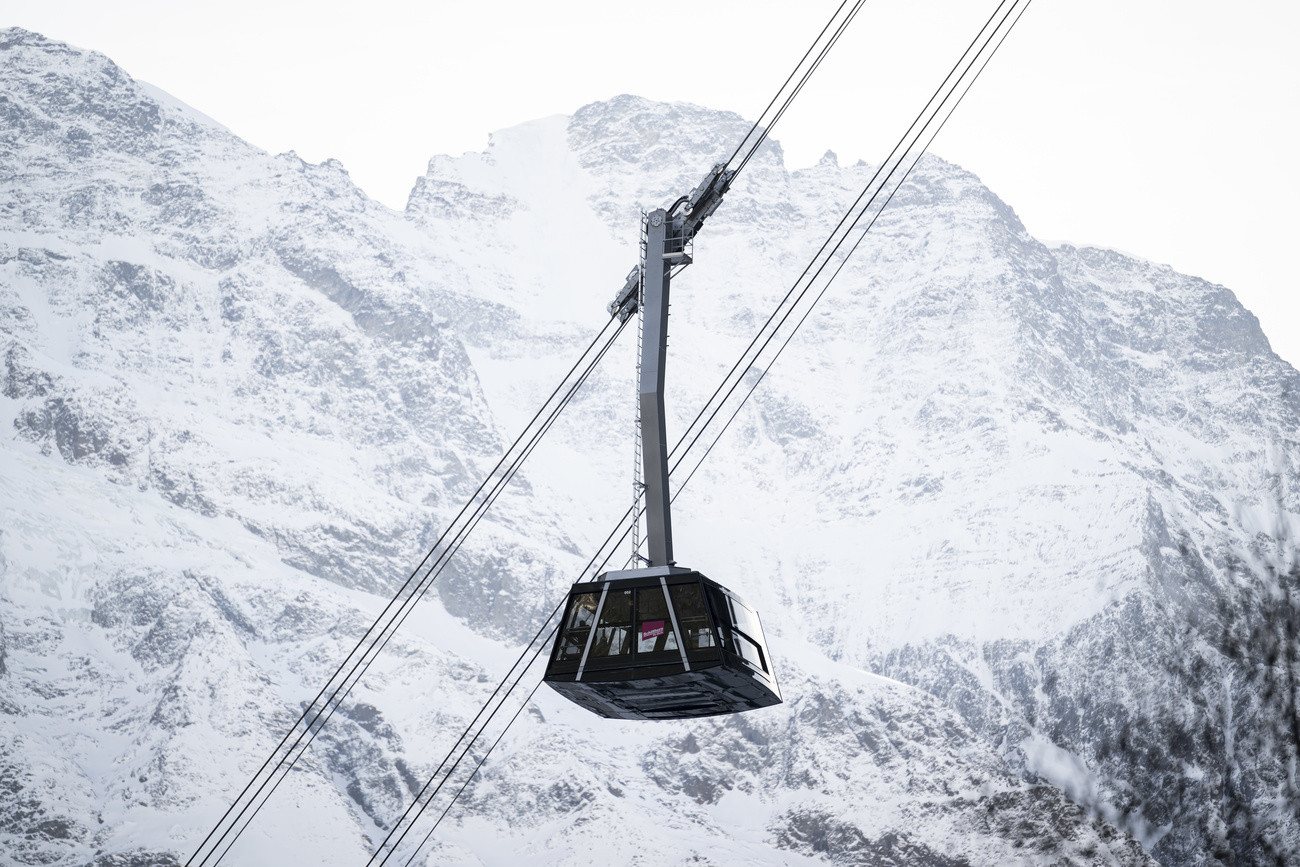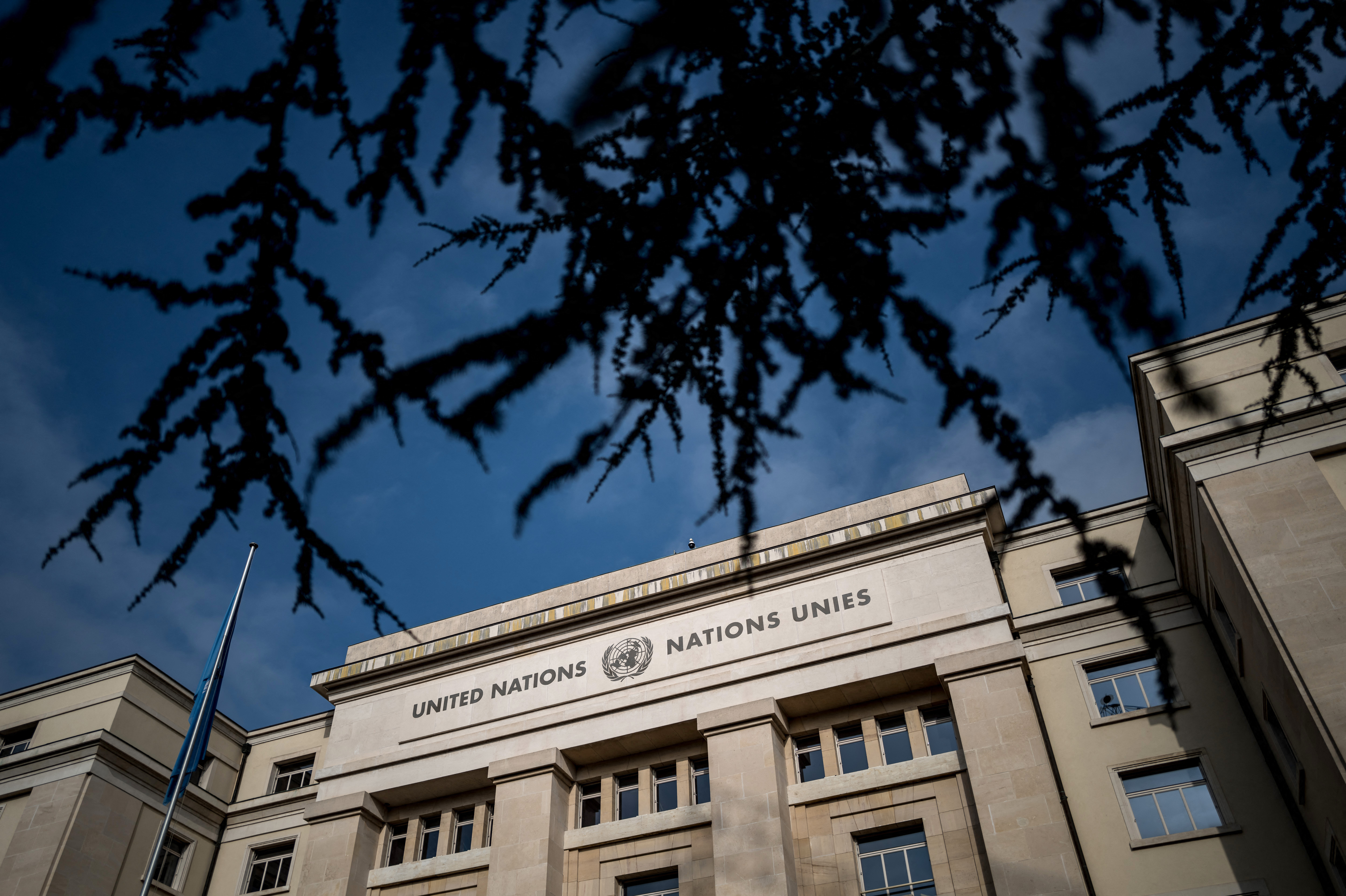Chernobyl fallout still contaminating food chain

The effects of the world’s worst nuclear accident in Chernobyl, Ukraine, are still being felt in Switzerland 17 years after the event.
Scientists have discovered a high concentration of radioactive caesium in wild boar, which are increasingly ending up on Swiss tables.
The Federal Health Office has announced that tests carried out across the country last year discovered traces of radioactive Caesium 137 released during the 1986 Chernobyl reactor disaster.
The highest levels were found in the southern canton of Ticino and eastern Switzerland.
“It is astonishing that the caesium concentration is pretty much at the same level as it was after the Chernobyl disaster in 1986,” said Hansruedi Völkle of the health office.
The tests were ordered after the Ticino health authorities came across a wild boar with a level of caesium five times the accepted limit of 1,250 Becquerel (bq – the unit of radioactivity) per kilogramme during routine checks of meat.
Radioactive truffles
Suspecting that the high level of radioactivity was coming from the truffles the boar ate, scientists of the Federal Institute for Forest, Snow and Landscape Research tested 20 specimens of the fungus across Switzerland.
Although the truffle in question – the deer truffle – is inedible for humans, boars eat it in large quantities. And in Switzerland boar meat is growing in popularity, meaning the radioactive caesium can be passed to humans.
But Völkle says that caesium is not normally retained by the human body.
“In humans caesium deposits in the muscles, but adults normally get rid of half of it within two to three months.”
Völkle thinks that the fact that Switzerland saw a lot of rain in the days following the disaster in Ukraine made it easier for the isotope to spread than elsewhere.
“Because of the precipitation the caesium ended up in the food chain,” he explained.
The tests showed that the concentration of the isotope is much lower in western Switzerland than in Ticino or eastern Switzerland.
In Malvaglia in canton Ticino, scientists found that one kilogramme of dried truffle contained 15,700bq compared with 2,800bq in Beatenberg in central Switzerland or 3,400bq in Montagny in canton Fribourg.
But Völkle says recent tests have proved that the caesium concentration in edible mushrooms is slowly decreasing.
Deep rooted
During their testing scientists also established that the absorption of caesium depended on the depth of the ground.
“Truffles are able to absorb vast amounts of caesium,” said mushroom expert Simon Egli.
Truffles grow on the top layer of the forest soil and the fact that their roots go down about ten centimetres makes it easier for them to absorb the isotope.
“Caesium levels in deer are normally much lower than in wild boar as stags and deer do not consume as many truffles as the boar and do not dig so deep,” Hansruedi Völkle said.
The wild boar population has increased significantly in recent years with 6,000 animals killed last year compared with around 4,700 in 2001. Last year Switzerland imported 150 tonnes of boar meat from Australia, Italy and Austria.
swissinfo, Stefan Hartmann (translation: Billi Bierling)
Caesium 137 is one of the most volatile elements released from nuclear facilities.
The number of wild boar in Switzerland has been increasing over the past five years.
Last year 6,000 wild boar were shot compared with 1,000 in 1990.
Wild boar can weigh up to 120kg and reach a height of 1.20 metres.

In compliance with the JTI standards
More: SWI swissinfo.ch certified by the Journalism Trust Initiative










You can find an overview of ongoing debates with our journalists here . Please join us!
If you want to start a conversation about a topic raised in this article or want to report factual errors, email us at english@swissinfo.ch.